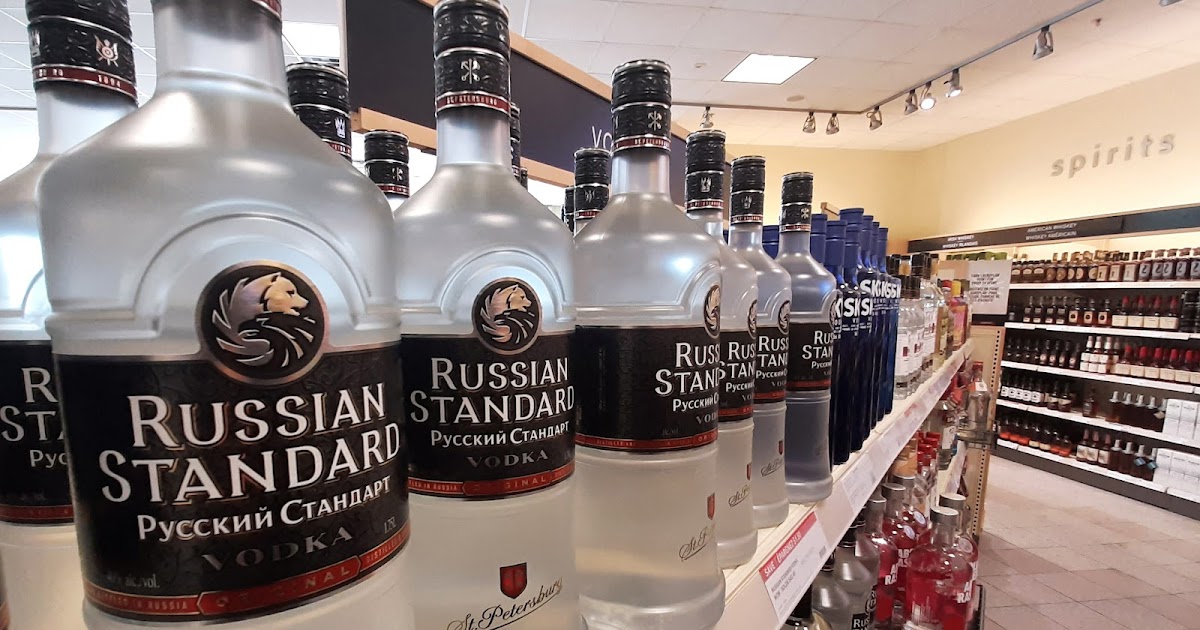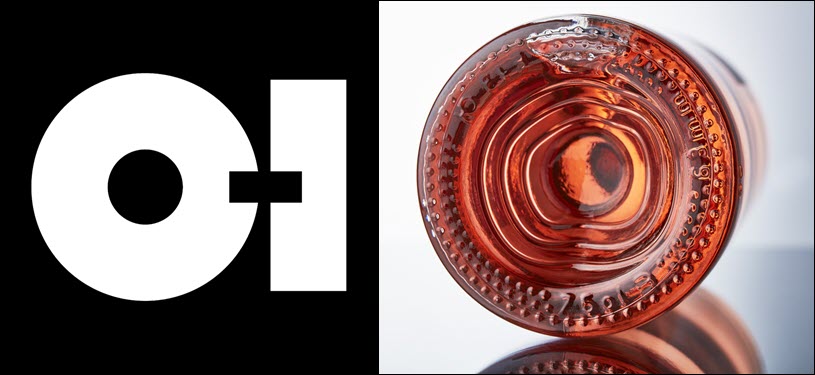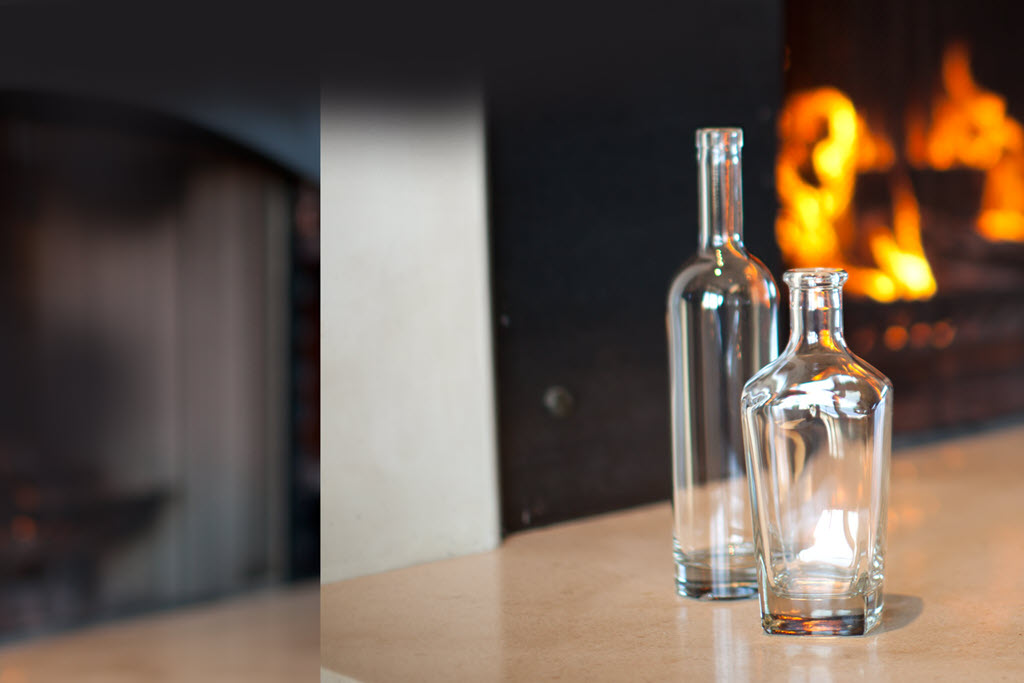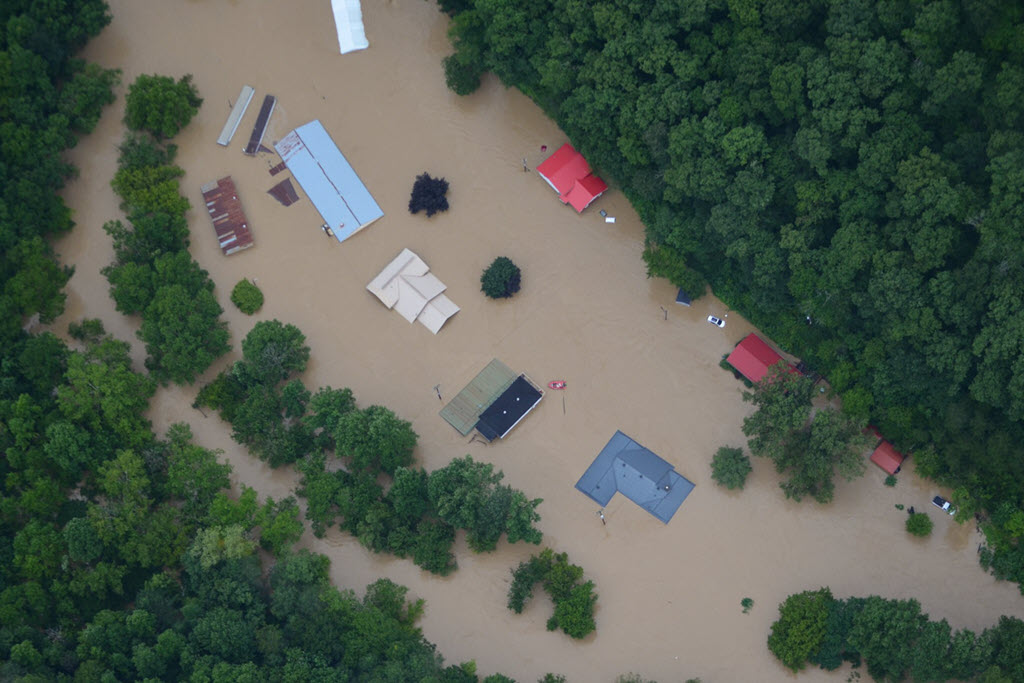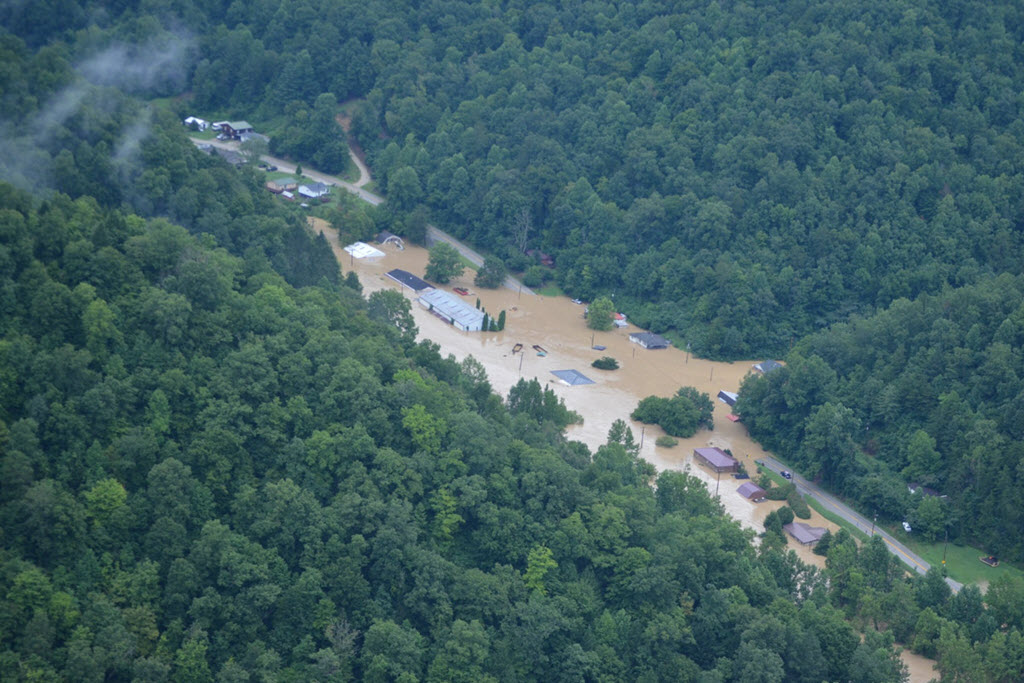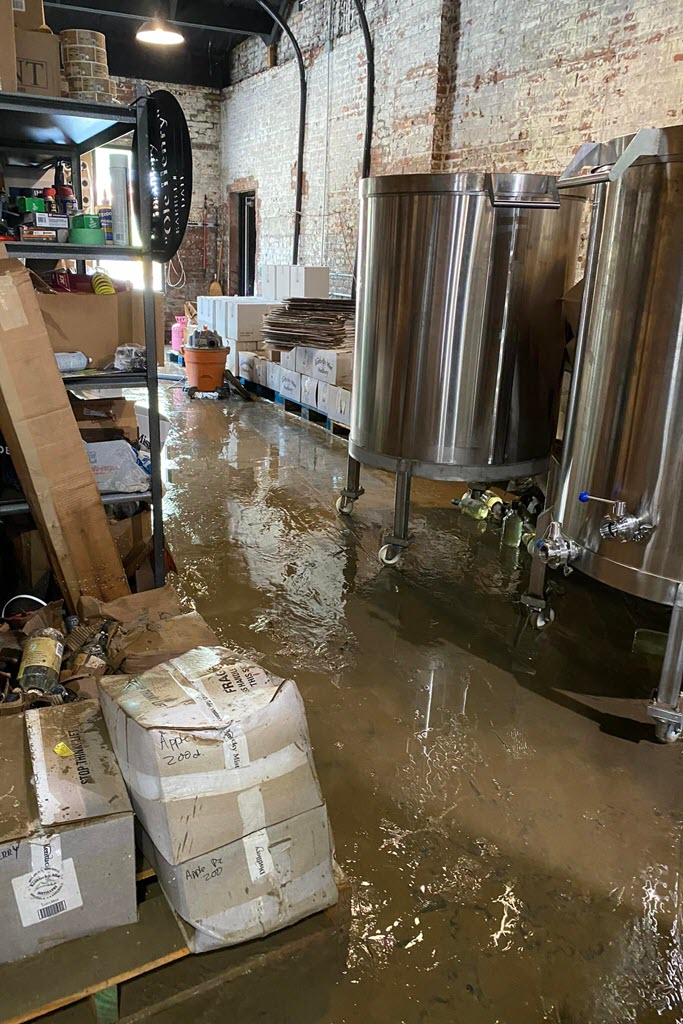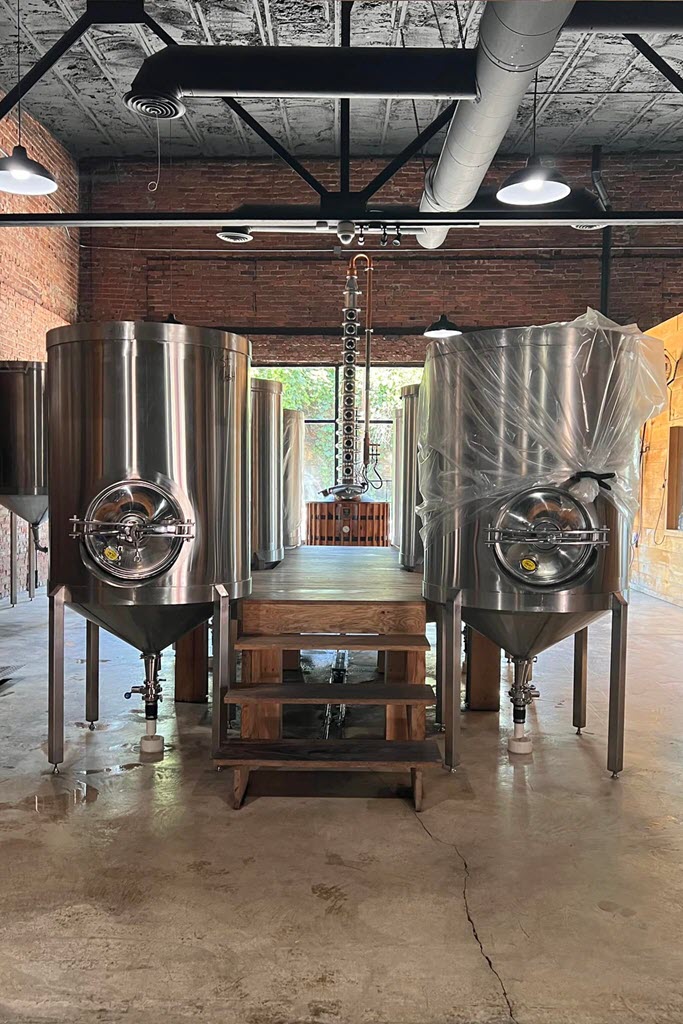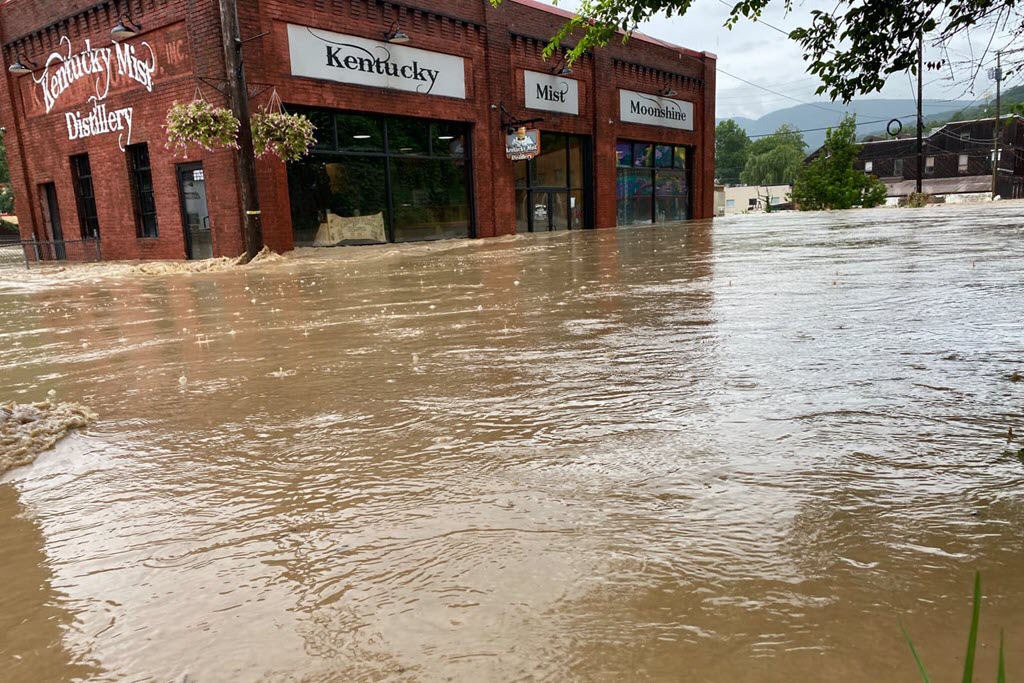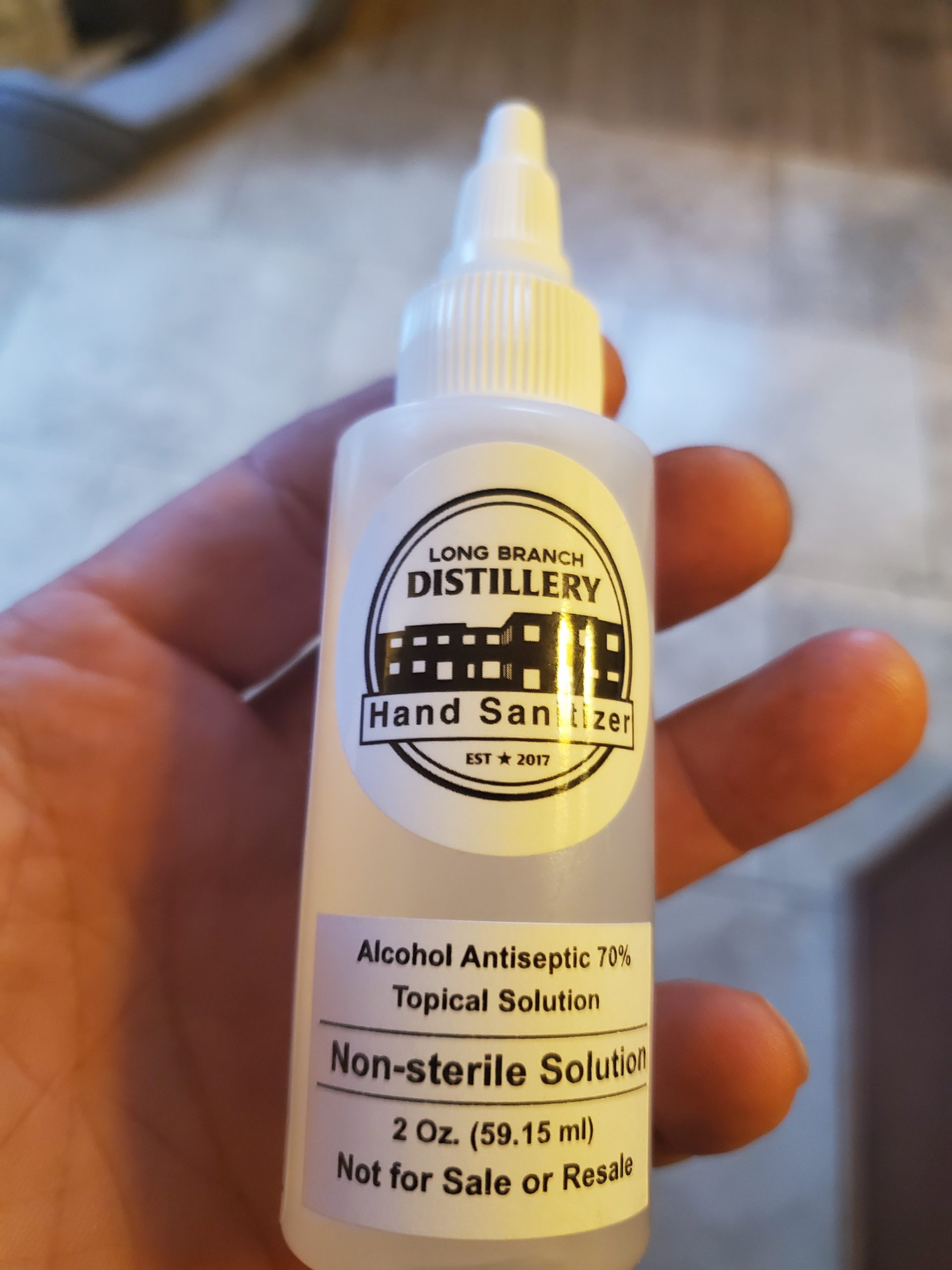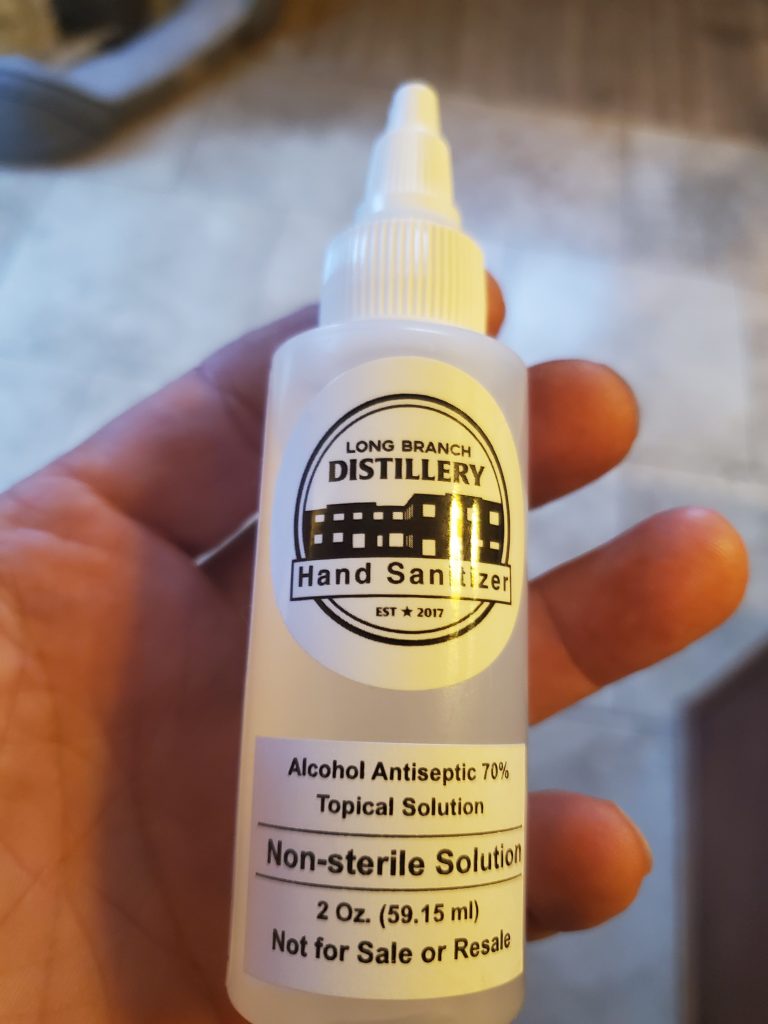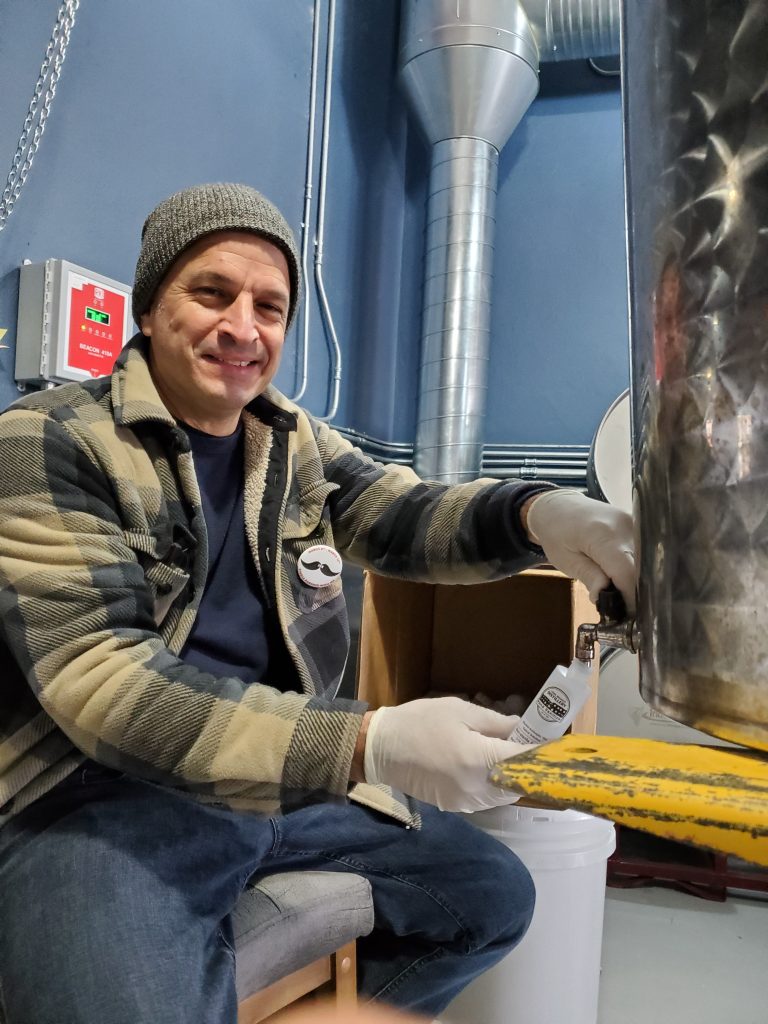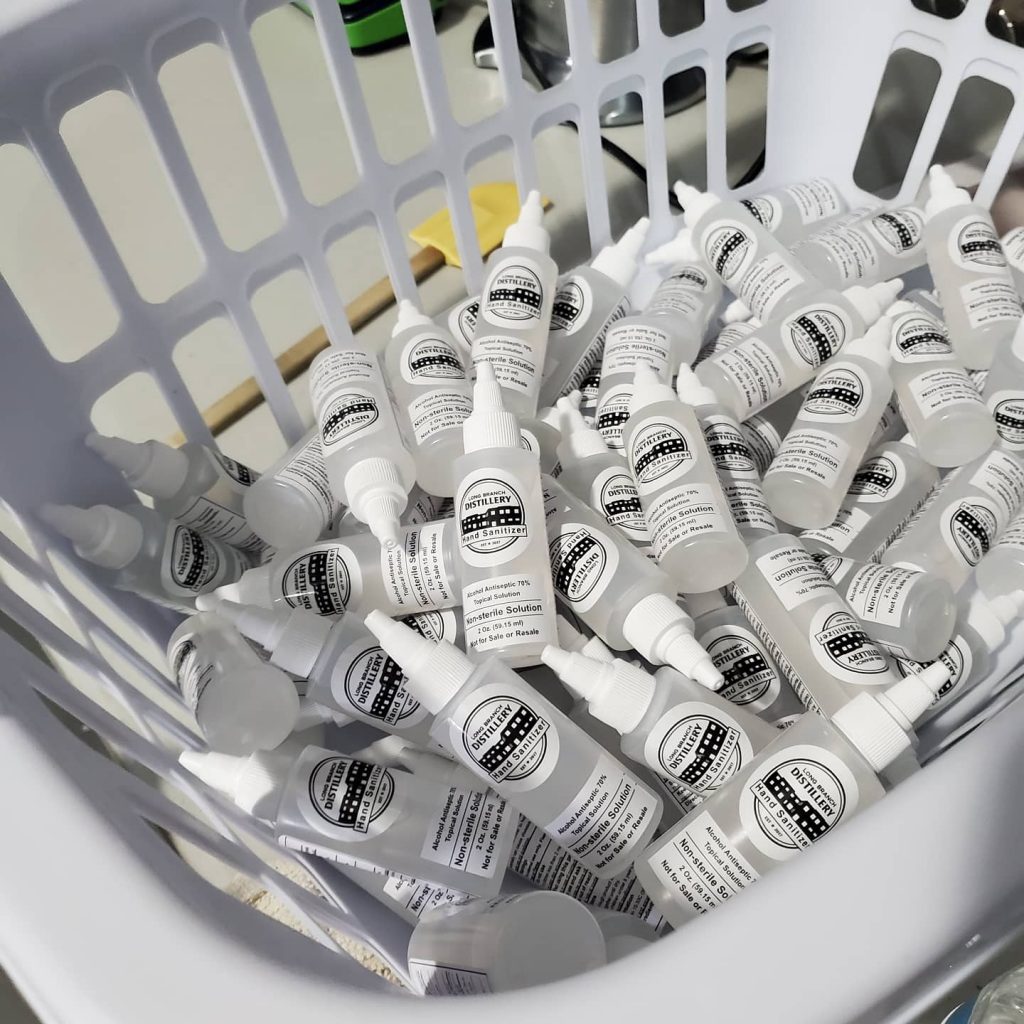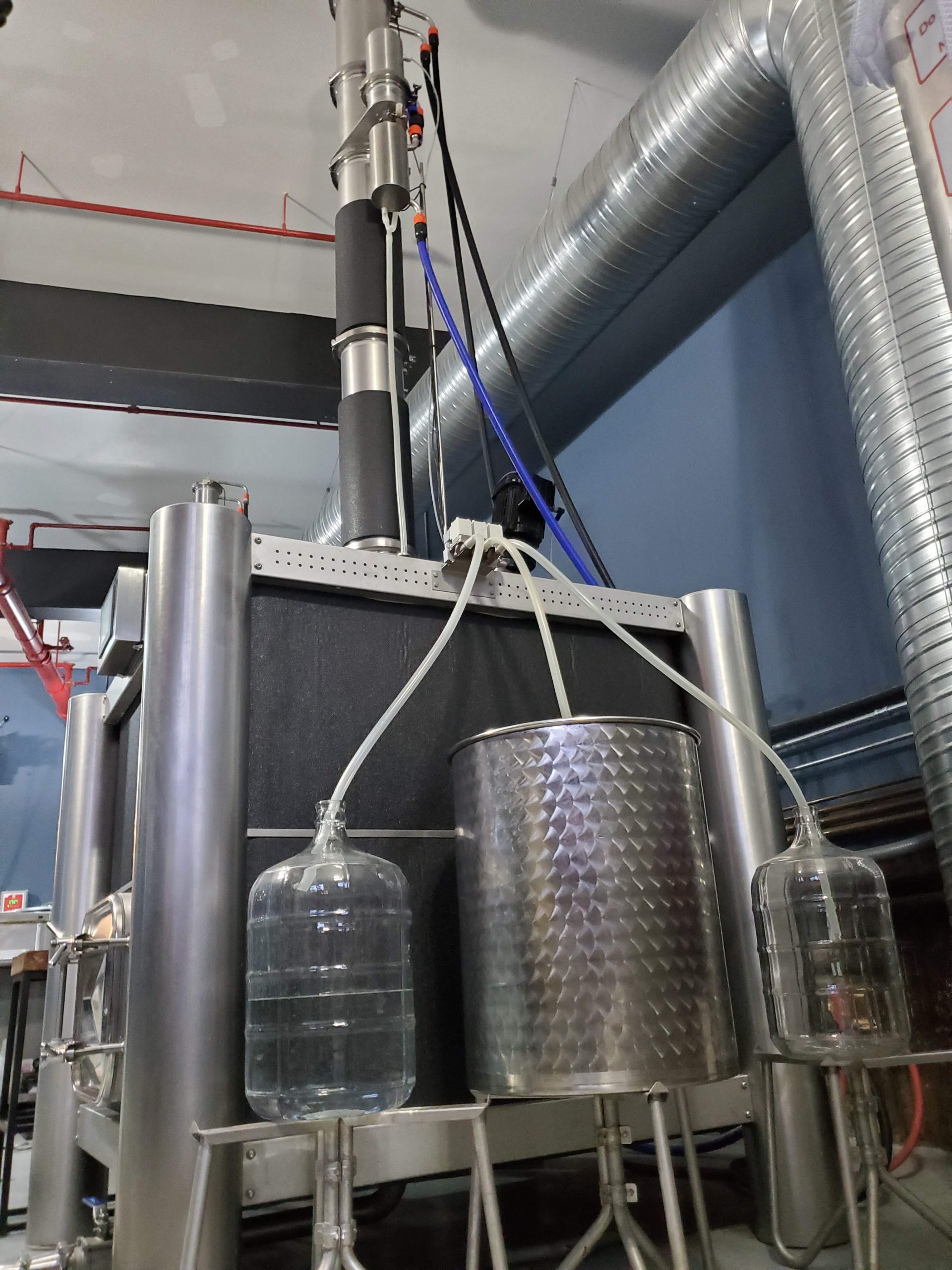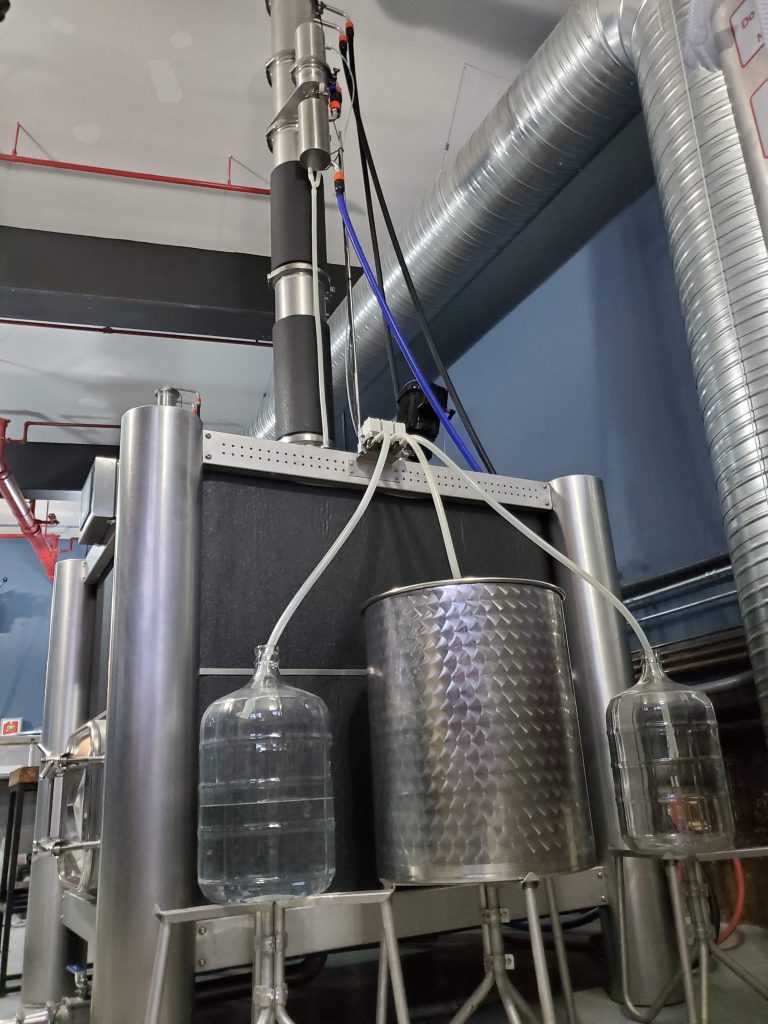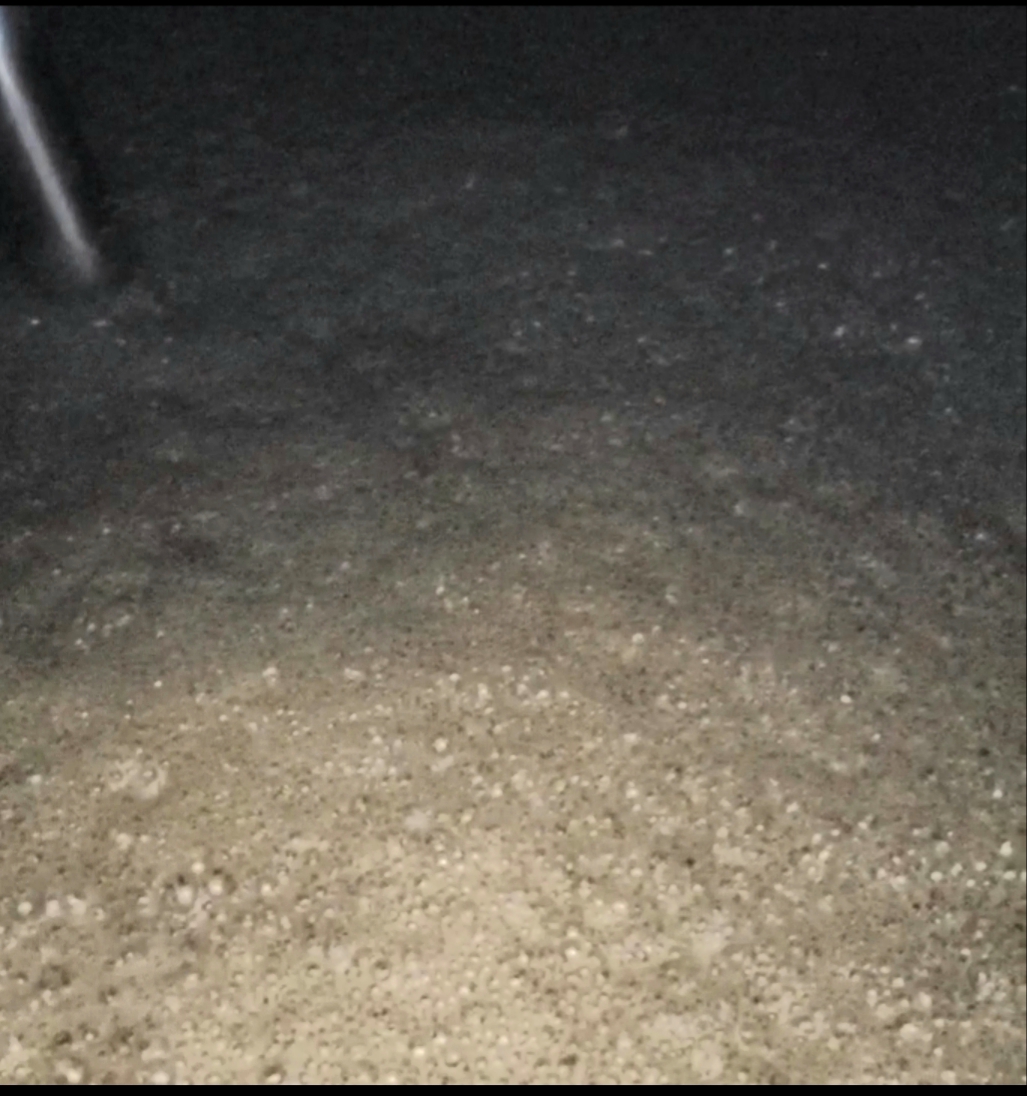|
| Russian Standard is the only major vodka brand made and owned by a Russian company. |
NOTE: I revised this post 3/3/22 to include new information about Stoli. I apologize for putting out misleading information. Sorry, fog of war. I’m doing the best I can.
Most of the world’s citizens are outraged and disgusted by Russia’s cruel and irrational invasion of Ukraine, and frustrated by their inability to do anything about it. There is a satisfying symbolism in rejecting all things Russian, so what about vodka? That’s Russian, right?
The short answer is, no, in that virtually all vodka sold in the United States and most of the rest of the world has nothing to do with Russia. It isn’t made there, nor is it made and sold by Russian companies. The only brand of Russian-made vodka you are likely to see in the United States is Russian Standard.
Yes, the word ‘vodka’ is Russian, but that’s about it. It literally means ‘little water,’ or something close to that, in Polish, Ukrainian, and several other Slavic languages in addition to Russian. The word comes from the ancient description of distilled alcohol as “water of life.” The word ‘whiskey’ has a similar etymology, based on that same phrase in Gaelic. “Eau de vie” is literally “water of life” in French, and usually describes a clear, fruit-based spirit. Since the typical ‘vodka’ in Russia and the wider region is a clear, neutral or nearly-neutral spirit distilled from grain, ‘vodka’ seemed like a more appealing name for that type of product than ‘grain alcohol,’ which is how grain neutral spirits (GNS) were generally sold before Prohibition. ‘Vodka’ sounds exotic.
There is a fine line between what we now call ‘vodka’ and what used to be called ‘common whiskey’ in America, known later as ‘white whiskey,’ since neither is aged in wood. The difference is in the purity of the alcohol and that itself can be a fine line. Although an American straight whiskey such as bourbon cannot be distilled higher than 80% ABV (alcohol-by-volume), generic whiskey just has to be less than 95% ABV. After 95% it’s ethanol, i.e., vodka. So, 94.5% ABV = white whiskey, 95.1% ABV = vodka. Then, of course, it is diluted with water to 40-50% ABV for bottling.
Americans first heard the term ‘vodka’ when Smirnoff was introduced in the United States in the 1930s, after Prohibition. They didn’t do much business at first, until the brand launched its “Smirnoff Leaves You Breathless” advertising campaign in 1958. The idea was that if you drank vodka at lunch, instead of whiskey or beer, no one would be able to smell it on your breath! It was a huge success.
It was more than that, of course. Americans had long since begun to mix their whiskey with soft drinks and fruit juices, and for the first several decades after Prohibition’s repeal, the best-selling distilled spirits had been blended whiskey, either scotch or American. Some of them had very little whiskey flavor. When Americans became aware of vodka’s existence through Smirnoff’s advertising, millions simply switched from using Imperial Blended Whiskey to Smirnoff Vodka in their cocktails. Vodka sales exploded in the 1960s and, therefore, every company needed a vodka brand. Most of them got Russian-sounding names. Most were just that, Russian-sounding names, with no connection to Russia. All of them were made in the United States.
But because of Smirnoff, which had an actual history in Czarist Russia, and all of the made-up Russian names, the whole ‘Russia’ thing hung around, through all the ups and downs of the Cold War and beyond. Then came Stolichnaya (‘Stoli’), which proudly advertised itself as Russian vodka. It was introduced in the United States in 1972 and quickly became huge. Suddenly, premium, imported vodka was a thing. Stoli was followed by Absolut, made in Sweden; and Grey Goose, made in France. Followed by others too numerous to name.
The statement says, in part, “Stoli Group has had a long history of fighting oppression from the Russian regime. We unequivocally condemn the military action in Ukraine and stand in support of the Ukrainian people. While we do not have any operations in Russia, we do in Ukraine and across many of the bordering countries.”
Stoli® Premium and Elit™ vodka are manufactured and bottled in Riga, Latvia. Latvia is a member of NATO and, therefore, a U.S. ally. Stoli and its owner, Yuri Shefler, separated themselves officially from Russia about 20 years ago. Stoli Group owns other beverage alcohol assets, including Kentucky Owl bourbon and rye.
Stoli is not, however, telling the whole truth. While they “do not have any operations in Russia,” they apparently purchase distillate from a Russian distillery in Tambov, about 400 miles southeast of Moscow and very much in Russia. They ship the distillate to Riga, Latvia, where it is diluted with water for bottling. Legally, it’s a product of Latvia. In reality, if this Difford’s Guide story is accurate and current (and I have no reason to doubt that it is), SPI is playing fast and loose with the facts, though it’s great that they condemn the Russian military action.
A lot of imported vodka sold in the United States is made in Poland. Some of the better known brands are Sobieski, Chopin, and Belevedere. Poland is a member of NATO and, therefore, a U.S. ally. It shares a long border with Ukraine and is receiving many of the refugees.
Ukrainian vodka is not widely distributed in the United States but some of the brands available on Drizly are Khor, Shevkoff, and Nemiroff.
Most vodka sold in the U.S. is made here, by public companies. Again, they have nothing whatsoever to do with Russia, regardless of the brand name. Of the top ten brands of vodka sold in the U.S., six are U.S.-made, four are imported. The imports come from Sweden (Svedka, Absolut), The Netherlands (Ketel One), and France (Grey Goose). The U.S.-made brands are Tito’s, Smirnoff, New Amsterdam, Pinnacle, Burnett’s, and Skyy. All of the bottom-shelf vodka sold in the U.S., in 1.75L handles only, is U.S.-made.
Almost every distilled spirits company sells vodka, typically under multiple brand names. Very few of those companies distill the spirit themselves. Although producers typically process the spirit before bottling, such as charcoal filtering it, and some even redistill, most do not make the grain neutral spirit (GNS) from scratch. Instead, they buy it from a handful of specialist companies who produce ethanol from grain (usually corn) for beverages but also for pharmaceuticals, fuel, weapons, textiles, and other industrial uses. In the world of beverage alcohol, that same grain neutral spirit is used to make gin and liqueurs. Ethanol, and therefore vodka, can also be made from sugarcane and fruit.
Although the standards are slightly different for what goes into your body versus what goes into your car, it’s all essentially the same stuff, i.e., ‘pure’ (95%) ethanol, and it is considered a commodity. All of the major vodka producers buy their ethanol from the same group of manufacturers, usually on the basis of price and availability, although some have a better reputation for quality than others. Although some craft vodkas are scratch-made, most are not. They’re based on that same GNS. That’s fine if they do something else ‘crafty’ with the spirit, such as flavoring it. Since it really is a commodity, there isn’t much reason to make it yourself, but a few people do and they will make sure you know it. Again, none of this has anything to do with Russia, but now you know a little bit more about vodka.
The major U.S. ethanol distillers, the folks who make GNS from scratch, are:
Archer-Daniels-Midland (ADM), an American multinational food processing and commodities trading corporation headquartered in Chicago.
GPC (Grain Processing Corporation), a subsidiary of Kent Corporation. It has distilleries in Muscatine, Iowa, where it is based, and Washington, Indiana.
Those are the major operators I know about in the beverage space. There are many others who distill vast amounts of ethanol for non-beverage uses.
And that’s about it. That’s where vodka comes from. Ukraine, by the way, is much like the American Midwest in being a huge grower and exporter of wheat and other cereals. Egypt, the ‘bread basket’ of the Mediterranean in Roman times, is now a major importer of wheat, most of which comes from Ukraine and Russia.





